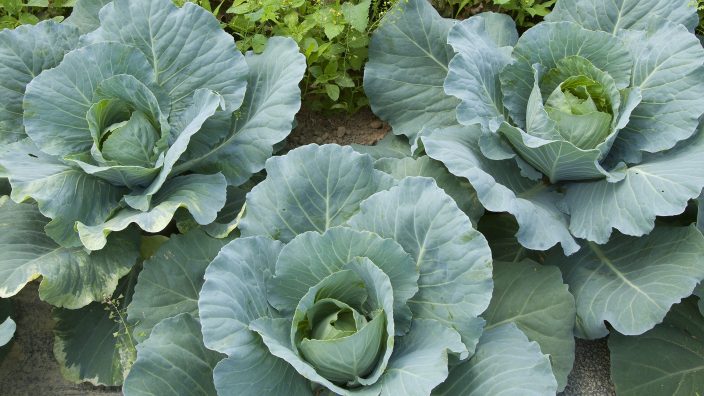Farmer’s Guide to Trucking Regulations available to Ohio Farm Bureau members
The guide includes a farm driver checklist, overview of state and federal regulations and exemptions, CDL qualifications and more.
Read More
When can the vegetable garden be started? The answer depends on what you have decided to grow. Plants withstand a variety of conditions: some thrive in the cool, wet spring conditions while others like the heat of the summer sun. Some plants can even survive a few frosts, while others can’t withstand temperatures under 45 degrees. Check with your local TV station to determine your specific “frost-free” date, as there are microclimates created by the hills, mountains, large lakes, and other conditions of the surrounding environment.
Cabbage and Kale (Brassica oleracea)
Selection: Ruby Ball, Ruby Perfection, Savoy Ace, Savoy King and Early Jersey Wakefield How to plant: These vegetables should be planted 4 to 6 weeks before the frost-free date. Work the garden soil and space the plants 12 to 18 inches apart, planting them at the same depth they were in the cell pack. Fill the space with water.
Harvest: When the head has reached full size, harvest with a sharp knife, leaving the bottommost leaves.
Tips: If starting seeds inside, begin 8 weeks before your frost-free date, planting them about 4 weeks before this date. Kale actually tastes sweeter after being exposed to frost. Be on the look out for cabbage looper, a species of moth larvae that voraciously consumes the leaves of cabbages.
Potatoes (Solanum tuberosum)
Selection: Yukon Gold, Kennebec, and Red Pontiac How to plant: About 2 to 3 weeks before your frost-free date, make sure the soil is loose and has plenty of compost. Plant the seed pieces 2 to 3 inches deep, with the eyes up, in rows about 15 inches apart. Cover with soil, being careful not to break any of the shoots. As the potatoes grow, mound more soil around the plants every couple of weeks. Do not expose the tubers to sunlight.
Harvest: Harvest when the plants are yellowing and turning brown, starting away from the plant and digging with a garden fork, being careful not to slice into any of the potatoes. Spread the potatoes out on the ground for a few hours to dry before storing.
Tips: Do not save potatoes for seed pieces as they may carry diseases. Potatoes can stand frost, but not a freeze. Use a low nitrogen and high phosphorus fertilizer like 6-24-24. Potatoes exposed to sunlight will turn green, producing a toxin that is poisonous when eaten.
Lettuce (Lactuca sativa)
There are different types of lettuce grown in the home garden including: Leaf, Romaine, and Butterhead/Bibb lettuce.
Selection: (Leaf) Black Seeded Simpson, Oakleaf, and Ruby; (Romaine) Valmaine; (Butterhead) Bibb and Buttercrunch
How to plant: Approximately 4 to 6 weeks before your area’s frost-free date, sow seeds by placing them on top of the garden soil, as lettuce needs light to germinate. If planting transplants, plant them 12 inches apart. Lettuce needs about 1 inch of water a week to thrive. By planting every two weeks (succession planting) you can lengthen your harvest.
Harvest: Baby greens can be harvested at week 3 or 4. Leaf lettuce can be harvested one leaf at a time. When the heads are full size, harvest bibb or romaine types by cutting them at the soil level.
Tips: Harvest before the temperatures get warm, which causes the plants to bolt, meaning they flower and set seeds making the lettuce very bitter. Lettuces prefer loamy, well-drained soils with loads of compost. Keep an eye out for slugs and snails damaging the leaves.
Peas (Pisum sativum var. sativum, English and Snap, or Pisum sativum var. macrocarpon, Sugar Snap or Snow Pea)
Selection: Early Snap, Sugar Daddy, Alaska, Mr. Big, Sugar Snap and Snowbird
How to plant: Seeds should be planted 6 to 8 weeks before the frost-free date. Sow seeds 1 to 2 inches deep and about 1 inch apart. After they sprout, thin out every other seedling, leaving them approximately 2 inches apart.
Harvest: When you can see and feel the peas in the shell and the pods look full but the shell is still green, this is the time to harvest. The sugar content drops as soon as they are picked, so harvest peas just before eating them.
Tips: Peas thrive in rich organic garden soil. The plant tendrils of vining peas need something to latch onto, a bit of trellis, string, wire fencing, or small tree branches. Bush pea plants can stand alone.
There are many other cold weather vegetables not mentioned here: Brussels sprouts, onions, rutabagas, spinach, turnips, and broccoli. No matter what vegetable you choose, plant disease-resistant varieties to aid in garden maintenance and harvesting. Follow these tips and you can look forward to being the first person on the block to have fresh vegetables on the dinner table.
More cold weather vegetable crops (Beets, Carrots, Radishes, Onions and Spinach)
Barbara Arnold is green corps coordinator at Franklin Park Conservatory.
If you enjoyed this article, consider becoming a Farm Bureau member and you’ll receive ongoing access to information about your local food community, including seasonal recipes. Membership includes a free subscription to Our Ohio magazine. Learn more about other exclusive member benefits.


The guide includes a farm driver checklist, overview of state and federal regulations and exemptions, CDL qualifications and more.
Read More


Ohio Farm Bureau provides opportunities, platforms and resources to help you develop your voice in the industry and give farmers a seat at the table with leaders and legislators.
Read More
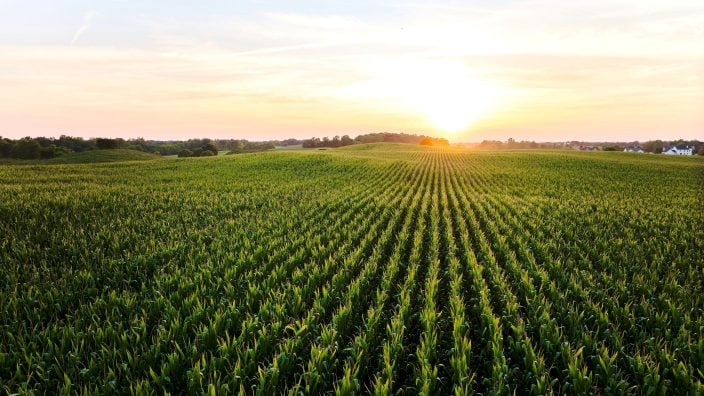
The emergency fuel waiver to allow the sale of summer gasoline blends containing 15% ethanol will lengthen the period during which Americans can continue buying E15 from June 1 to Sept. 15.
Read More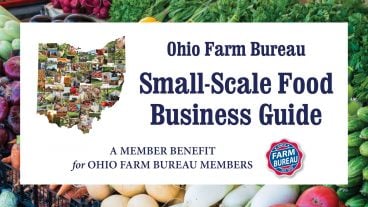
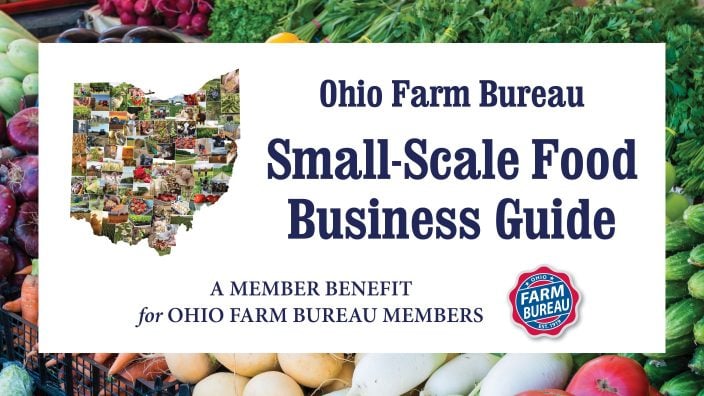
The Small-Scale Food Business Guide covers federal and state regulations for selling food products such as raw meat, dairy, eggs, baked goods, cottage foods, fruits and vegetables, honey and more.
Read More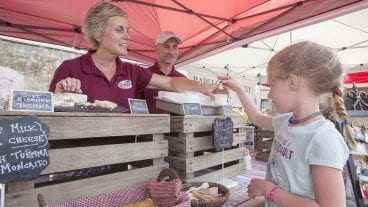
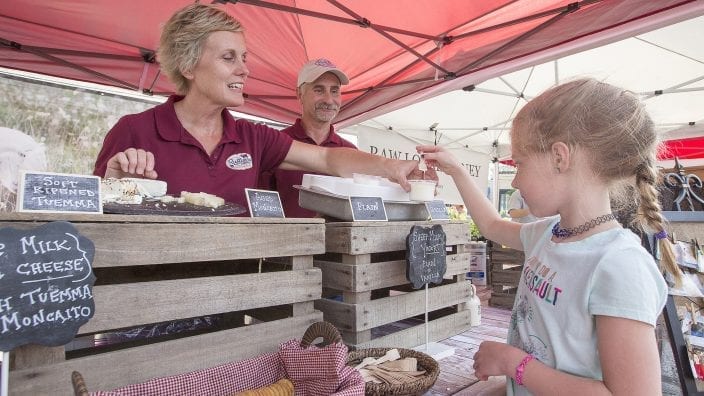
New resources and technology are broadening the different types of sales tools and strategies available to farmers.
Read More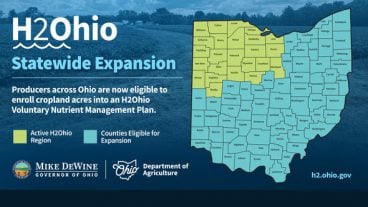

ODA will enroll 500,000 acres into the program for a two-week sign-up period, beginning April 22, 2024, through May 6, 2024. Contact local SWCD offices to apply.
Read More

Katie Share of Columbus has been named ExploreAg and Youth Development Specialist for Ohio Farm Bureau.
Read More

Mary Klopfenstein of Delphos has been named Young Ag Professional and Ag Literacy Program Specialist for Ohio Farm Bureau.
Read More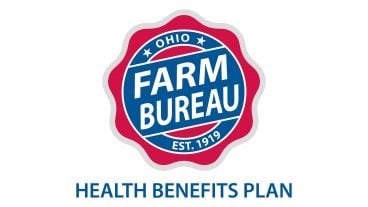
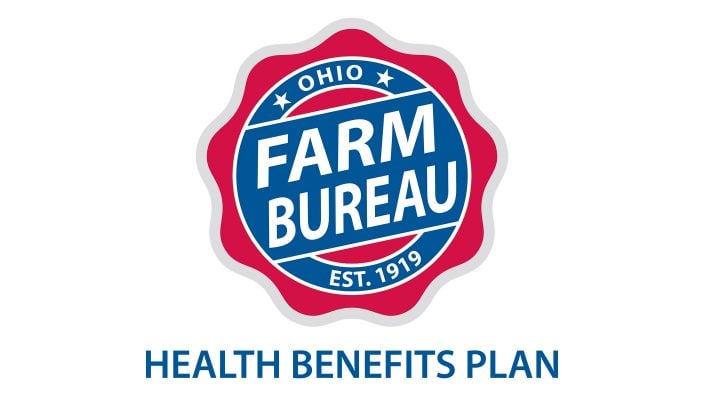
The plan has been updated to give sole proprietors access to more rate stability and a smart solution that offers potential savings on health care.
Read More

The American Farm Bureau Federation, in partnership with Farm Credit, is seeking entrepreneurs to apply online by June 15 for the 2025 Farm Bureau Ag Innovation Challenge.
Read More